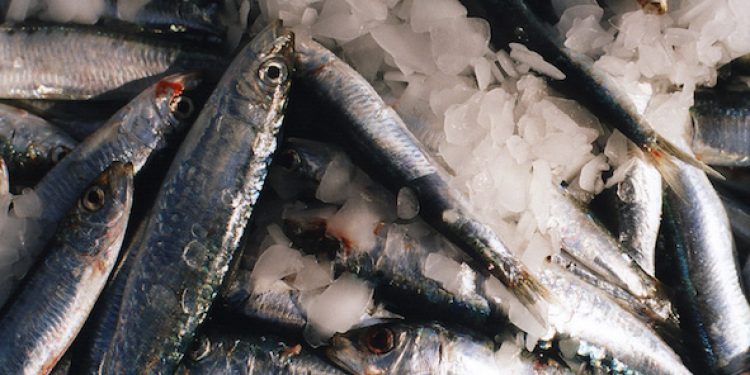A group of scientists studying the possibilities offered by sensible fisheries management reform on a worldwide basis have concluded that 77% of fisheries could be fully sustainable within ten years and wise management could provide fish as primary protein for 500 million more people.
Prepared by a group that includes Trevor Branch, Ray Hillborn, Dan Ovando and Amanda Leland, Global Fishery Prospects under Contrasting Management Regimes examines data from 4713 fisheries around the world, representing 78% of the world’s reported fish catch. The team studied status and trends, and the benefits of alternative approaches to recovering depleted fisheries to compile the largest database of its kind in existence, coupled to state-of-the-art bioeconomic models.
‘We find that, in nearly every country of the world, fishery recovery would simultaneously drive increases in food provision, fishery profits, and fish biomass in the sea,’ the team report. ‘Our results suggest that a suite of approaches providing individual or communal access rights to fishery resources can align incentives across profit, food, and conservation so that few trade-offs will have to be made across these objectives in selecting effective policy interventions.’
The conculsions are that the median fishery is in poor health (overfished, with further overfishing occurring), although 32% of fisheries are in good biological, although not necessarily economic, condition. A business-as-usual scenario projects further divergence and continued collapse for many of the world’s fisheries, while applying sound management reforms to global fisheries in our dataset could generate annual increases exceeding 16 million tonnes in catch, $53 billion in profit, and 619 million tonnes in biomass relative to the business as usual situation.
‘We also find that, with appropriate reforms, recovery can happen quickly, with the median fishery taking under 10 y to reach recovery targets. Our results show that common sense reforms to fishery management would dramatically improve overall fish abundance while increasing food security and profits.’
Full report at: http://www.pnas.org/content/early/2016/03/29/1520420113.abstract









